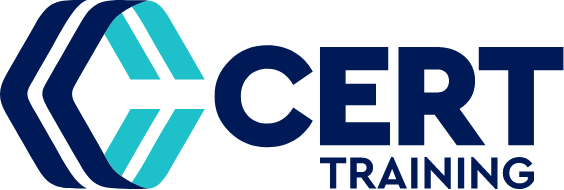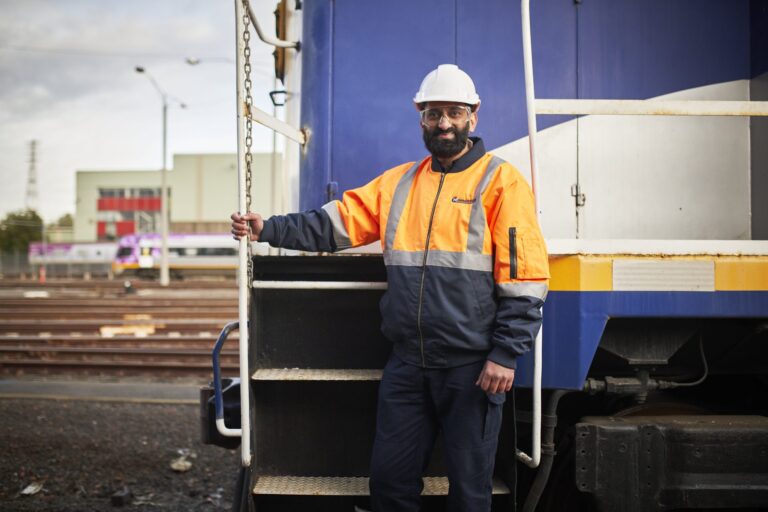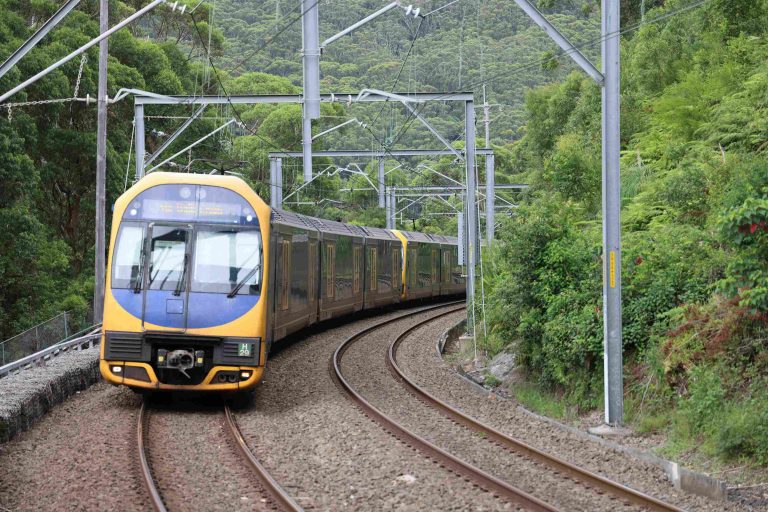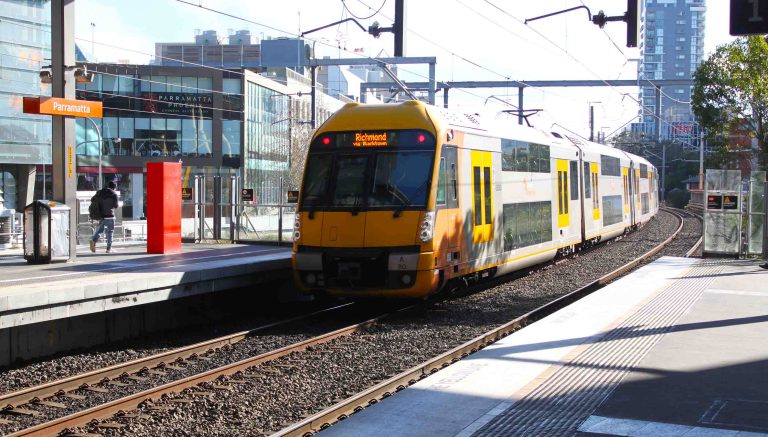Statement of Attainment vs Certificate
Is a Statement of Attainment (SoA) or a certificate from a Nationally Recognised Qualification better for your career as a rail industry worker?
Whether you are starting your career in the rail industry, returning to work, searching for some new challenging opportunities, or just want to have a change in career, the rail industry in Australia offers some of the most rewarding opportunities in many different roles.
Whether you are starting your career as a rail industry worker, returning to work, seeking new challenges, or considering a career change, the rail industry in Australia offers rewarding opportunities across various roles.
However, to enjoy all the perks linked to this industry, you need specific vocational training and qualifications to develop expertise in your field.
In the Vocational Education and Training (VET) sector, compliance with industry regulations is essential for maintaining the integrity of VET qualifications. The Australian Skills Quality Authority (ASQA) oversees Registered Training Organisations (RTOs) to ensure they meet the Standards for RTOs 2015, including issuing secure and standardised Australian Qualifications Framework (AQF) certification documentation.
For rail training, the AQF supports a national competency management system, including the Rail Industry Worker (RIW) card, which verifies that workers meet specific requirements. Introduced in 2013, the RIW card streamlines certification processes for rail industry workers. To work in certain roles, individuals must complete relevant vocational education, obtain necessary qualifications, and comply with both AQF and industry-specific regulations. RTOs follow ASQA’s certification standards ensures the credibility of higher education qualifications and vocational training.
When you have the right, nationally-accredited qualifications, you can move between specialisations and roles as your career progresses, offering a rich and rewarding experience that will last for a lifetime. But what qualifications would be the best for you?
You must have heard a few terms used in the industry related to technical qualifications and competencies like Statement of Attainment vs a nationally accredited certificate. But if it’s all too confusing, and you can’t decide which one you should choose, we’ve detailed what you need to know right here.
What is a Statement of Attainment (SOA)?
A Statement of Attainment is a formal document issued for the partial completion of a qualification. If you complete one or more Units of Competency (UOCs) without finishing all required for a full qualification, such as a Certificate II in Rail Infrastructure, you receive a Statement of Attainment. A Statement of Attainment proves that the accredited units you have completed were from a nationally recognised training course.
A Statement of Attainment does not technically expire, but the licences and certifications it supports may have their own validity periods.
Certain industry bodies may have their own regulations requiring retraining every few years to keep your skills fresh and ensure your qualifications remain valid.
Work site policies may also dictate renewal requirements, which can vary from annually to every five years.
A Statement of Attainment confirms completion of a Unit of Competency (UOC), but it does not always grant legal authority to immediately operate machinery, implement traffic management, or perform other certain tasks. Additional licences or certifications may be required.
What is a Nationally Recognised Qualification?
A Nationally Recognised Qualification is a nationally accredited certificate issued once a student completes all modules, called Units of Competency (UOCs), required to be eligible for a Qualification.
For example, the Qualification TLI27121 Certificate II in Rail Infrastructure is a nationally recognised qualification which comprises UOCs is designed for individuals involved in different areas of work related to rail infrastructure, undertaking various procedures and routines and assuming some responsibility for the quality of work undertaken.
If you want to pursue further studies in track construction and maintenance, especially the technical aspects, you should complete this course, and upon completion, you’ll have a National Qualification for the units it covers.
It is also important to note that some training organisations may offer what seems like a similar qualification, to our nationally recognised Certificate II in Rail Infrastructure, at a lower cost, but will only give your part of this qualification in a Statement of Attainment. Let’s dive deeper below around what is a Statement of Attainment.
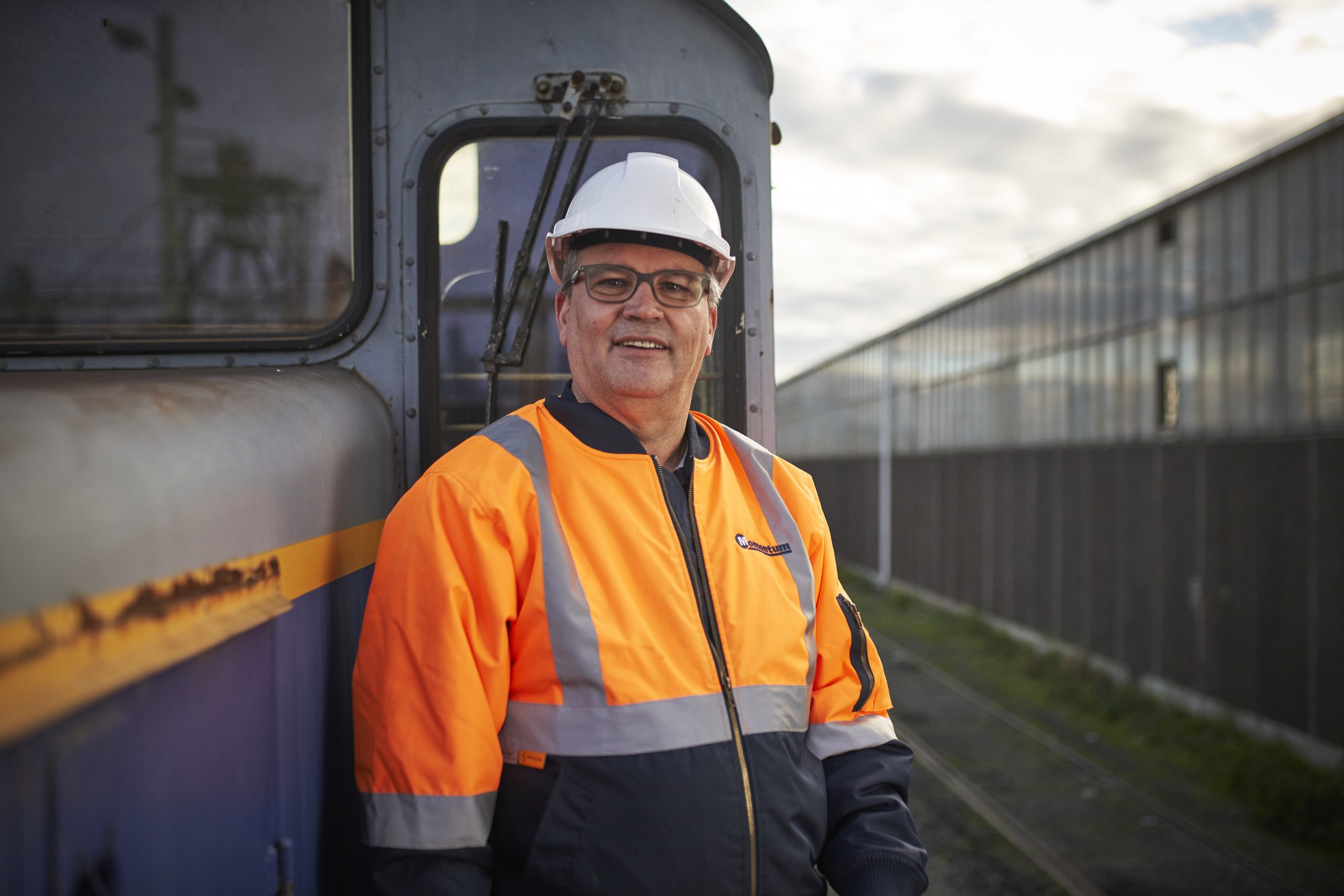
Which is best to grow your career – A Statement of Attainment vs Certificate?
There are multiple reasons why many people prefer a nationally accredited certificate over a Statement of Attainment. In essence, a Statement of Attainment is the proof of completing certain Units of Competency, whereas a Certificate is the proof of completion of the full group of units to meet National Qualification requirements and not just a portion.
Let’s look into more detail about why a National Qualification is a better option than a Statement of Attainment.
1.Better Technical Knowledge and Competency
The technical knowledge and capabilities gained with a complete certification would be far greater than what you get with a Statement of Attainment that covers only a few modules of the complete certification.
2.Statement of Attainments May Be Valid for a Limited Period
While SoAs don’t have an expiry date, technically, some industry and regulatory bodies may recommend or require re-training after a couple of years to ensure that as a rail industry worker your skills are fresh and up-to-date. This puts a limitation on your SoA.
4.Better Chances for Career Growth
Of course, a full qualification is obtained after completing all the UOCs for a particular course, therefore, it makes you competent in a wider range of industry-specific competencies. As a result, you have a better shot at growing your career or switching focus to a job that requires different skills or expertise than the one you are currently working on.
On the contrary, you restrict your options with just a SoAs.
5.Greater Value for Time and Money
Of course, you have to spare a great deal of time and money to improve your skills by completing a Qualification. When you have a National Qualification, you acquire far more competencies than with SoAs that only target a subset of the UOCs required for a Qualification. As a result, you have way more options to choose from and grow in your career.
The time and money you spend on acquiring a Nationally Recognised Qualification are always worth it and pay off better.
Why choose CERT Training?
CERT Training is a Network Operator Approved RTO listed on the Rail Industry Worker (RIW) website. With over 35 trainers and assessors across the country, each with rail, safety, or combined industry experience, we provide expert-led training tailored to real-world rail operations.
For those looking to complete a Certificate II in Rail Infrastructure, now referred to as the Rail Labourer course, in New South Wales, Queensland, Victoria, or Western Australia, please contact your local CERT office for scheduling and availability. Our hands-on approach ensures that trainees gain practical skills in rail infrastructure, rail safety, and rail operations.
As part of enrolling in any nationally recognised training, students are required to have a Unique Student Identifier (USI). Introduced by the Australian Government in 2015, the USI is a personal reference number that creates a lifelong online record of completed training. RTOs, including CERT Training, cannot enrol students without a USI. If you don’t already have one, you can create your USI at www.usi.gov.au, or we can assist you with the process upon enrolment.
Enrol in CERT Training today and take the first step toward a career in rail infrastructure.
-
How to Get Your Skid Steer Licence or Ticket and Operate Immediately
Becoming a skid steer operator is a great pathway into the construction industry. But to get a job as an operator you will need to have a skid steer licence to get going.
-
A Guide to Safely Access the Rail Corridor NSW Course (2024 Update)
Whether you are a newcomer seeking to understand the prerequisites for SARC or a seasoned professional aiming to refresh your understanding, these FAQs will provide insights into the prerequisite requirements for obtaining a Rail Industry Worker (RIW) card, and other pertinent details.
-
How to become a NSW rail protection officer
Before answering the ultimate question of “How to become a rail protection officer”, we must answer some of the frequently asked questions about this role. Understanding the nuances of the position and its demands is essential in determining whether it aligns with your skill set and the trajectory you envision for your career.
